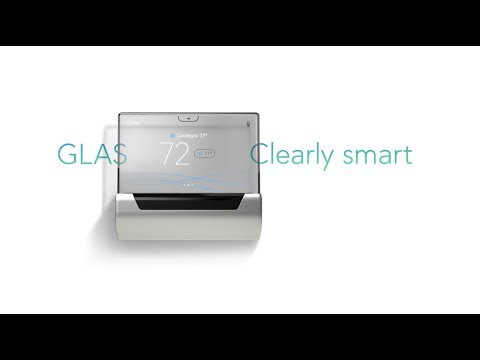Article 
Sonos extend support for legacy products after backlash | PC World
From the horse’s mouth
Sonos
A letter from our CEO (Blog Post)
My Comments
Recently, Sonos sent some shivers around the Internet regarding their multiroom audio products’ life cycle.
This started with them installing a “Recycle” mode in their speakers and other devices, which would effectively take the devices out of action, with it being tied in to a rebate on new devices if the old equipment was returned to them for e-waste recycling.
It worried some social media users because they want to keep the extant equipment that functioned properly going for as long as possible, including “pushing down” older equipment to secondary areas, selling it in to the second-hand market and giving to friends, relatives and community organisations while they upgrade to newer Sonos gear. Here, they really wanted the Sonos device to be detached from the user’s Sonos account and prepared as if ready to set up within a new system for whenever it is given away or sold.
Then this past week, Sonos raised the prospect that multiroom-audio equipment made prior to model-year 2015 won’t get software updates after May 2020. This wasn’t conveyed properly in that the affected equipment won’t benefit from feature updates but will benefit from bug-fixes, security updates and anything else to do with software quality.
There was also issues raised about a Sonos-based multiroom-audio system that consists of the legacy equipment as well as newer equipment, which is a result of someone effectively “building-out” their system by purchasing newer gear. An example I referred to in an article about the IKEA SYMFONISK speakers which work on the Sonos platform is to use the SYMFONISK speakers as a low-cost way of adding extra speakers for another room like the kitchen while you maintain the Sonos speakers in the areas that matter.
The concern that was raised is the availability of software-quality updates including incremental support for new or revised API “hooks” offered by online-audio services; along with the ability for the devices to stay functioning as expected.
Then there was the issue of logically segmenting a Sonos multiroom audio system so that newer devices gain newer functionality available to them while older devices keep the status quo. At the moment, a Sonos multiroom system which works across the same logical network is divided in to logical rooms to allow speakers in one room to play the same source at the same volume level. Here, it may be about determining the upgradeability based on the existence of newer speakers in a room, where older speakers in the same logical room work as “slave” speakers to the newer speaker.
What is being called out here is how long a manufacturer should keep new software available for the equipment and what kind of updates should be available for equipment that is long in the tooth. It focuses especially on keeping the older devices function at an expected level while running secure bug-free firmware. Let’s not forget how older and newer devices can coexist in a system of devices based on a particular platform while providing consistent functionality.
This is more so where the equipment can enjoy a long service life, something that is expected of kit that costs a significant amount of money. It applies also to the fact that people build out these systems to suit their ever-changing needs.
Companies that observe the Sonos debacle could look at the mistakes Sonos made in properly conveying the issue of feature-update cessation for older products to their customer base. As well, they would have to look at how Sonos is tackling the issue of maintaining software quality, stability and security in their devices’ firmware along with catering to the reality of platform-based systems that have a mix of older and newer devices.



